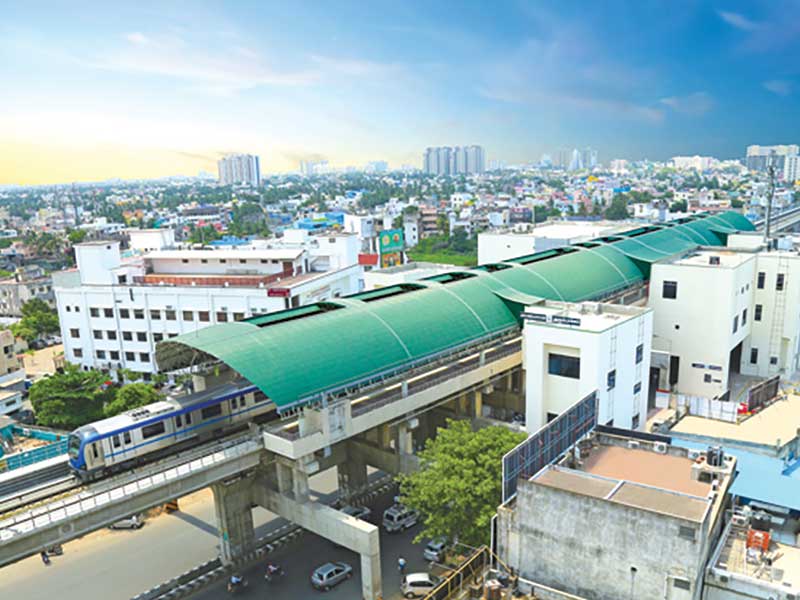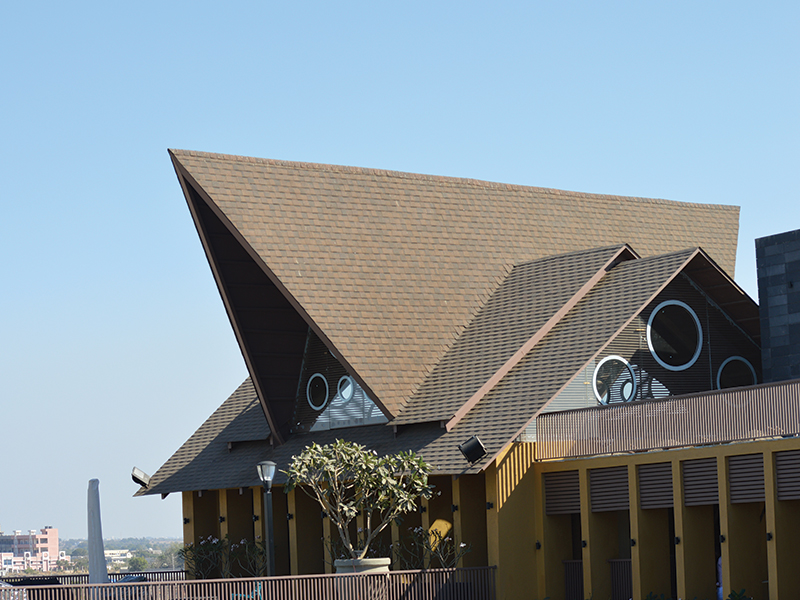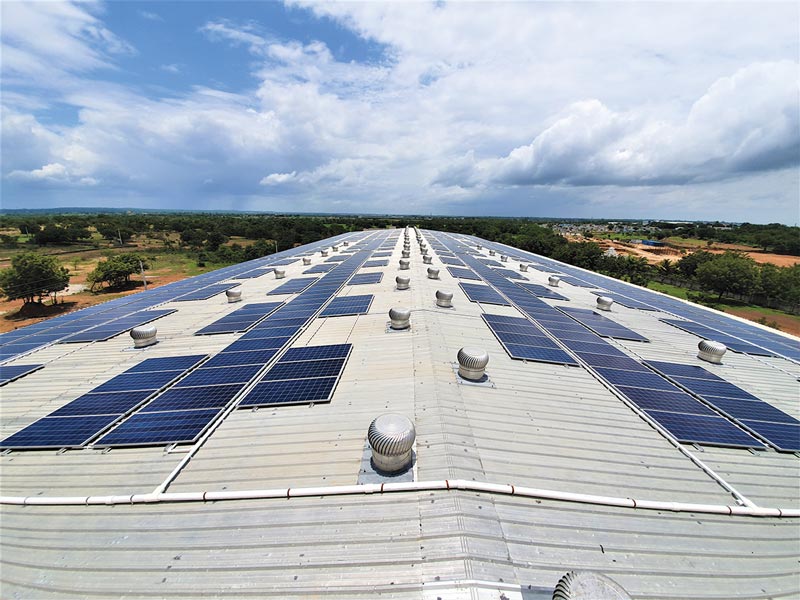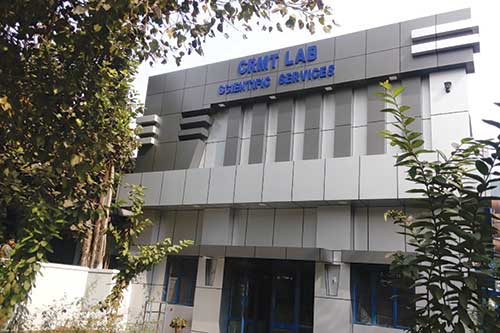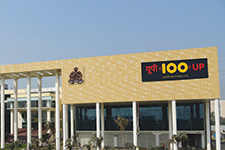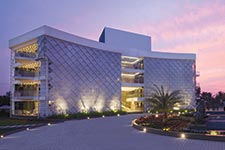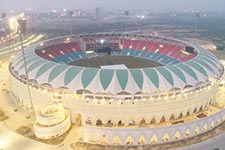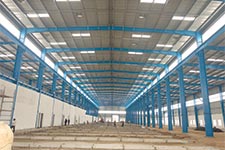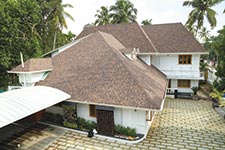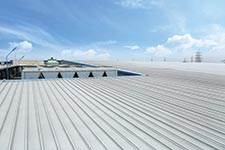Indian construction industry, which consists of infrastructure, housing, real estate, and industrial segments, has grown by leaps and bounds for past decade and a half and accounts for more than 9% of India's GDP. Quality of construction has also improved significantly during the period due to enhanced exposure to the global construction technologies followed by best practices. The project duration has become shorter with increased focus on safety standards.
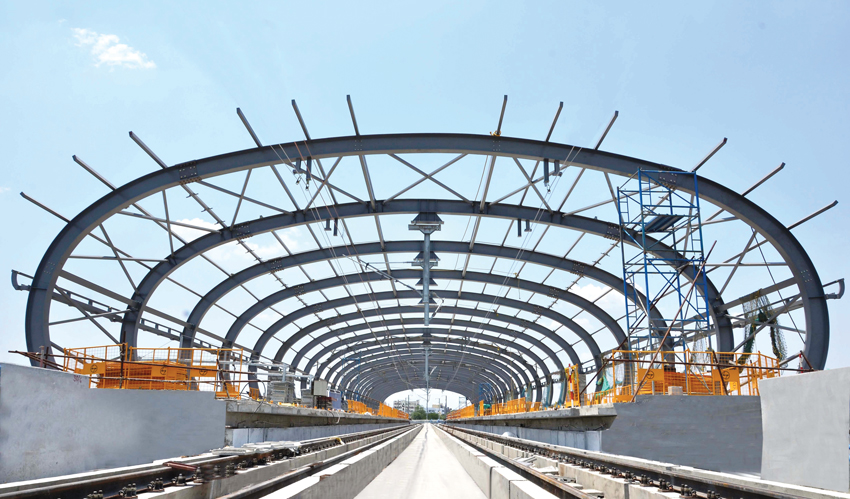
There is a shift from in-situ construction to factory–controlled pre-engineered high quality one. This has also changed the requirement of engineering, materials, and skills needed for the construction industry. Kirby recognized this trend early, and accordingly, introduced the concept of Pre-Engineered Steel Buildings (PEB). In PEB, customer requirements are custom-engineered and high quality materials are delivered onsite, in ready to erect condition, where semi-skilled people assemble these components using cranes for faster construction.
PEB concept gained impetus in the Indian markets in the early 2000 and the usage of steel and especially PEB has been growing very rapidly in the Indian construction industry. In the year 2000, when Kirby started its operations in India, PEB concept was fairly new in the country. This concept also gained acceptance because of its promotion by Kirby on large scale basis and also due to the opening up of the economy and a number of multinationals setting-up their facilities giving preference to metal buildings over conventional ones. Changes in Government regulations, industry-friendly policies, and promotion of India as preferred FDI destination also resulted in heavy FDI inflows thereby giving further boost to the PEB technology.
Kirby Building Systems India Pvt. Ltd. has served over 5,000 customers with more than 15,000 buildings covering an area of 22 million sqm since its inception. Kirby India's two plants are located in Hyderabad and Haridwar, each having an annual capacity of 1,00,000 MT respectively. With over 25 sales offices and a network of more than 100 certified builders, the company has evolved from a mere manufacturer of PEB to a total solution provider that is capable of supplying a packaged solution for all building requirements maintaining international quality standards.
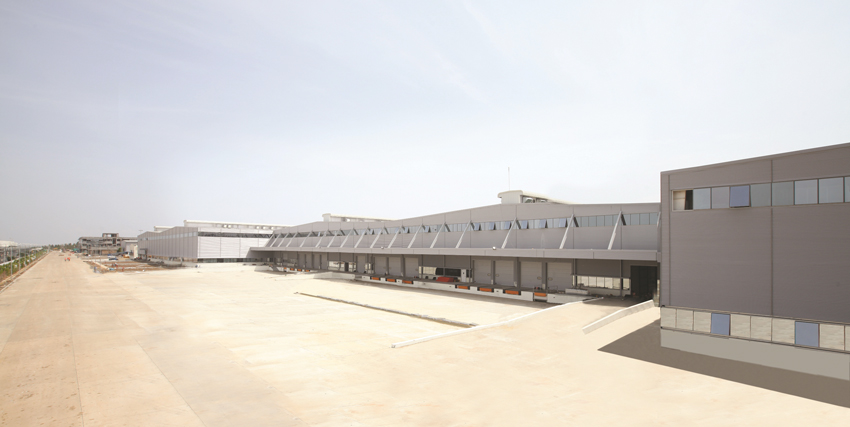
Over the last eight years, many players have entered the PEB market. With more players in the scene, we will have more PEB buildings around, thereby increasing the visibility and demand for these buildings in the market. In current scenario, anyone planning to put up a factory or a warehouse immediately thinks of a PEB with the industry yet to achieve its true potential. Some of the main PEB applications include factories, warehouses, workshops, showrooms, petrol stations, site offices, supermarkets, aircraft hangars, cold storages, metro stations, shipyards, sport stadiums, offices, etc.
The perception about PEB being costlier is only a notion as the industry has grown by more than 15-20% during the first decade of this century and is growing at a slower rate for last 5 years or so due to global economic factors. This growth in itself shows that these structures are not very expensive but slightly costlier than the concrete ones and in some cases where the area is very high, PEBs are found to be less expensive than RCC buildings. Also, with companies looking for faster project completion, which in turn will give faster returns on their investments, PEB is the only one-stop-solution to fulfil their requirements.
All these buildings are unique in nature with different steel sections and customized as per the requirement of the customer. In this regard, it is not possible to provide per square feet construction cost of any PEB as the total cost involved is of steel and can be calculated only after initial design is completed based on the estimated output of the building weight.
PEB is one of the first choices when it comes to sustainable and green buildings. Kirby India is in the forefront of this innovation, and is leading the revolution of green construction in the country through its PEB technology. Steel is the preferred material for all prefab structures and PEB uses steel which is more than 80% recyclable. These buildings are cost-effective, energy-efficient, and provide better quality environment as they are cooler in hot conditions due to the favourable roofing material and natural ventilation. The use of sky lights and solar panels on rooftops meet daylight and captive power requirements, and at the same time, reduce emissions and help gain carbon credits under clean development mechanism. Effective usage of insulation, louvers, and other materials also help making PEB as one of the most preferred green buildings.
Like many other precision industries in India, PEB industry is also facing many challenges. One of the main challenges faced by the PEB industry in India include acceptance among the Indian corporate, which is still moderate when compared to developed economies. But in the last decade, there has been increased acceptance of PEB due to rapidly expanding industrialization in the country. The changing market environment has led to a shift towards more advanced technologies with one of them being PEB due to increasing demand from customers for faster project completion, which in turn will give faster returns on their investments.
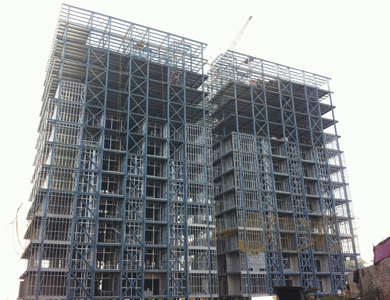
Construction contributes to more than 66% of the total steel consumption as in advanced countries more than 2/3rd of the buildings are made in steel. The Indian government should also promote steel as the most preferred construction material for speedy implementation of the projects and avoid cost overruns and project delays. Our government is planning for implementation of 100 smart cities which can be efficiently done using pre-engineered steel construction as done in developed countries. To further promote steel as an affordable and sustainable material for construction, concession in the form of tax incentives can also be extended for steel construction industry.
The industry is moving from warehouses and offices to highly complex pre-engineered sections in infrastructure such as power plants, steel plants, ports, oil & gas utilities, and so on, which require very specialized design skill sets. With adequate attention from the government, this industry can dramatically reduce construction time for industrial and infrastructure sectors. Pre-engineered construction impacts speed, quality, and pricing of industrial construction, and has green benefits besides having a high resale value. It's not surprising then that Indian industrial construction is eminently poised for a big PEB wave given India's renewed focus on infrastructure and the new industrial thrust.
Central government's 'Make in India' campaign and recent approval of ordinance for amendment of Land Acquisition Act for development of infrastructure and industry related projects will further give a boost to the economic growth as this was one of the major hurdle in delay of implementation of many projects. These reforms and many other such initiatives in near future as promised by the government is expected to make the Indian construction and infrastructure segments much more stronger and increase its percentage share in the overall GDP contribution thereby giving a positive growth momentum to the PEB industry over the next decade or so.

